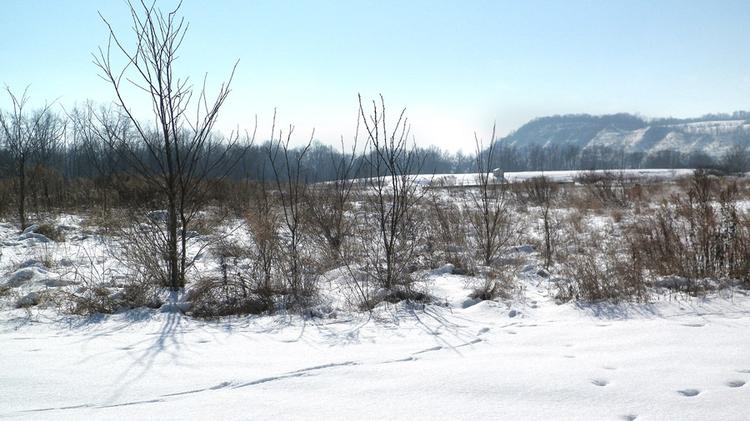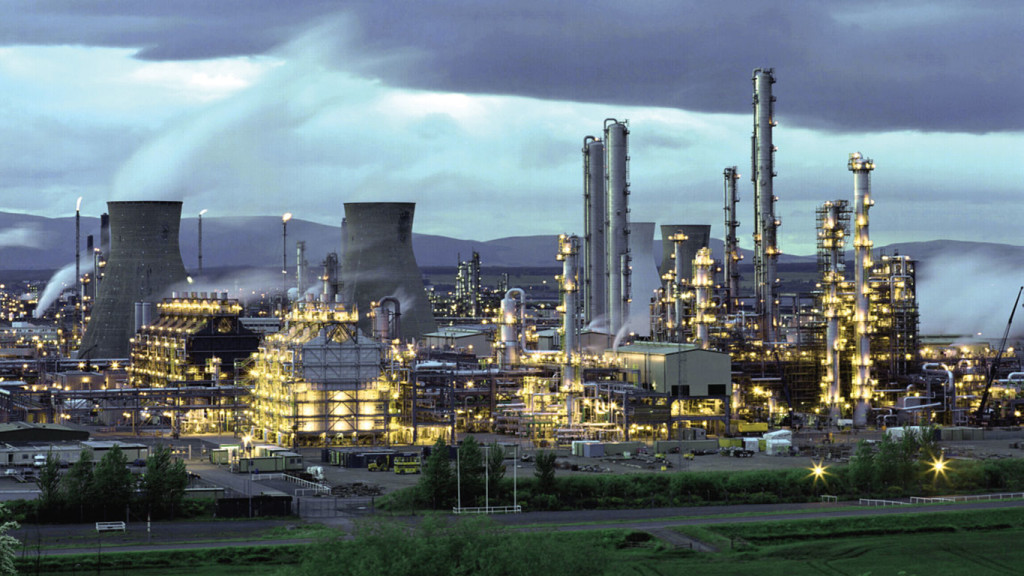West Virginia University is working on a project, together with a large number of other groups, that would significantly improve the royalties paid to mineral and royalty owners–if it works.
The issue is that West Virginia terrain is so rough that it’s difficult to install pipelines. The pipelines are needed to transport the produced natural gas to centralized refineries, cracker plants, separation plants, and the like. Since pipelines are so difficult to build that sometimes they’re not built, leaving gas “stranded”, unable to be transported to a place it can be used.
The U.S. Department of Energy has started a branch of its National Network of Manufacturing Institutes which it calls Rapid Advancement in Process Intensification Deployment, or RAPID. RAPID will bring together people from academia, industry, government labs, and non-government labs to tackle “process intensification“.
Process intensification in the natural gas fields will combine multiple gas processing steps into one.
The result will be the ability to process gas at the wellpad using small, mobile, modular units. The processed gas would be turned into products that could be transported in trucks. The benefit to West Virginia is obvious.
West Virginia royalty owners could expect higher royalty checks, and in some cases where they wouldn’t see any real royalties at all, they would see significant royalties.
Of course, leases would have to be written with the idea of capturing those royalties for the mineral owners. Companies will, of course, try to pay royalties on the lowest value they possibly can. Mineral owners should be able to get the highest value they can.
Getting a strong gross proceeds clause into a lease will become even more important for our clients.


